The Nagasawa marque sits at the apex of Japanese Kierin bicycles, recognized worldwide for impeccably designed and executed frames, each hand made by master builder Yoshiaki Nagasawa. This particular Nagasawa, built in May of 1985, came to me as a frameset by way of Yahoo JP auctions. It has a 53cm seat tube (center-to-top) and a 54cm top tube (center-to-center). It has a beautiful, but hard to photograph deep green / blue paint scheme with rainbow sparkles and yellow highlights. I built it up with a period-appropriate Shimano Dura Ace track group set. Read on to learn more about this bike and the back-story of Nagasawa bicycles.
Having owned and ridden several Nagasawa track bikes, the defining characteristic is stiffness. Nagasawa Keirin frames are engineered to convert every last bit of pedal stroke into forward motion, and are exclusively built from Tange #1 or #2 tubing. This characteristic was inspired by the most famous cyclist to ride Nagasawa frames, Koichi Nakano. The ten-consecutive-time world champion was just beginning his incredible run in 1977, and Nagasawa-san designed his frame to harness and maximize Nakano’s explosive acceleration power.
“Recalling that Nakano’s sprint was “the best in the world,” Nagasawa said he made a “hard frame” for Nakano to enable that sprinter’s power to be converted fully into propelling force.
Quote from “The Blood of the Samurai: Nagasawa Special” by Adam Leddin
“The success at the World Championships made the name of Nagasawa,” confirms the man himself. “It gave us a reputation that the frames we constructed are good enough to be used in international competitions. I received a constant stream of enquiries and orders after that.”
Quote from “Nagasawa frames: Inside the Japanese master’s workshop in Osaka” by Josh Cunningham
The cranks, bottom bracket, seat post, and wheel set are all first-generation Shimano Dura Ace 7500 series, sourced from a vintage Zunow track bike I am also restoring. From the mid-1970s, they pre-date the custom of stamping Keirin-certified components with the distinctive “NJS” of the Nihon Jitensha Shinkokai (the Japanese Bicycling Association), and are stamped “BIA” instead.
BIA was the predecessor to NJS, although I’m not sure what it stands for; the BIA in the USA was the “Bicycle Institute of America”. Before NJS became the standard certification for keirin track racing parts, BIA was the standard. In 2008, the name changed again, this time to the Japan Keirin Association (JKA).
In the photos above, you can see the NJS-stamped headset (Hatta Swan), stem (Nitto 100mm Jaguar), chain by D.I.D., and saddle (Kashimax). As this frame is from the mid-1980s, a build that mixes the 70s and 80s is appropriate. It also has a little Italian flavor, thanks to the Fiamme red label tubular rims and 3TTT Competizione track handlebars. Pedals are not included, as I didn’t have a build-appropriate set on hand (a Time ATAC pedal was used in the photos in order to hold up the frame).
I spent a lot of time restoring the components used in this build, carefully cleaning and polishing the rims, cranks, and hubs. However, the frame itself was in good condition when I got it, with no dents or damage. The only notable wear and tear was some paint loss on the fork crown and underside of the bottom bracket shell that I sealed with clear enamel to prevent rust. As each Nagasawa frame is custom made for a professional Keirin rider and are only available on the secondary market when either the frame is damaged or the rider retires, it’s extremely difficult to find one without crash damage. There are of course, no holes for brakes. Check out the gallery below, and leave a comment!

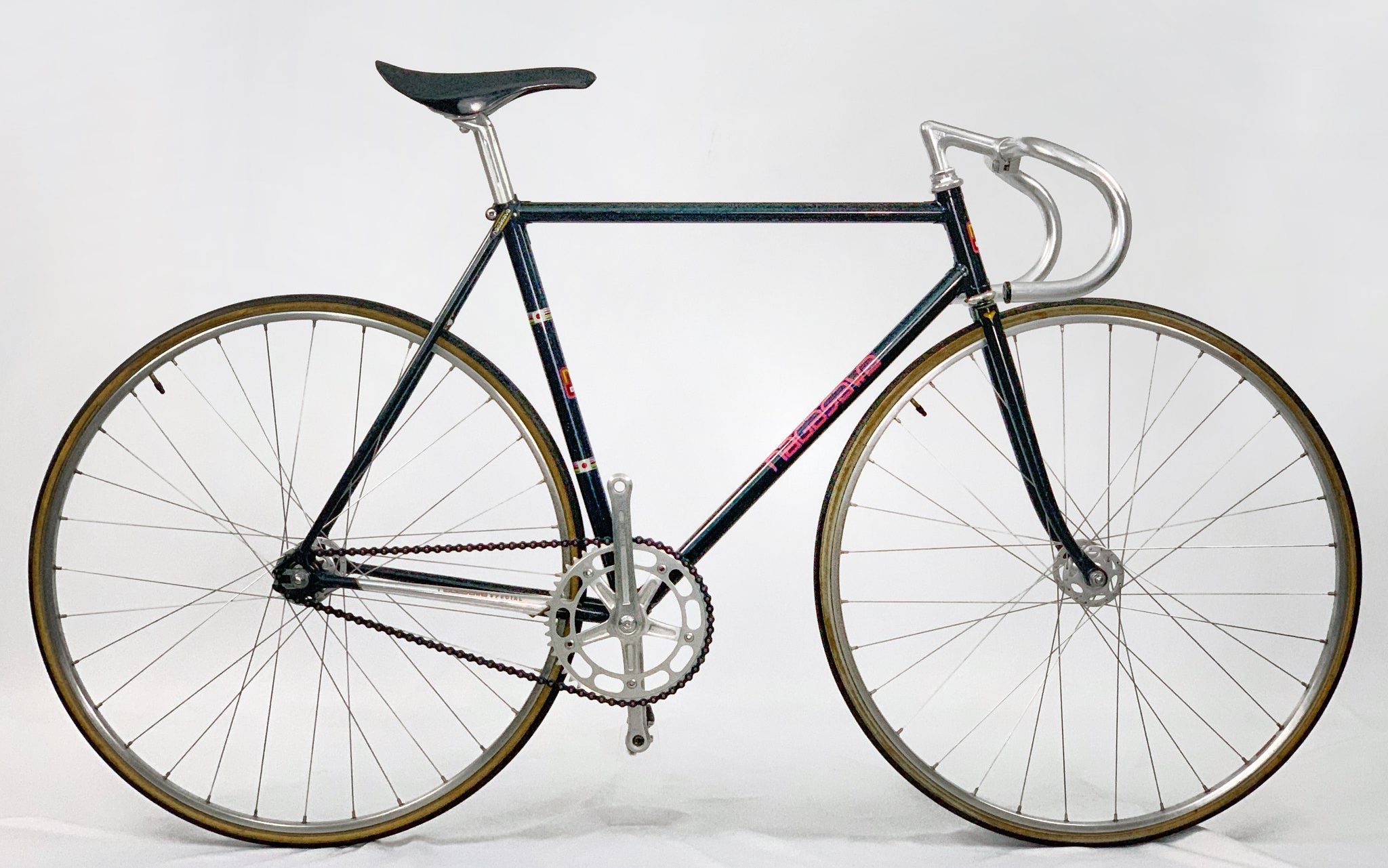
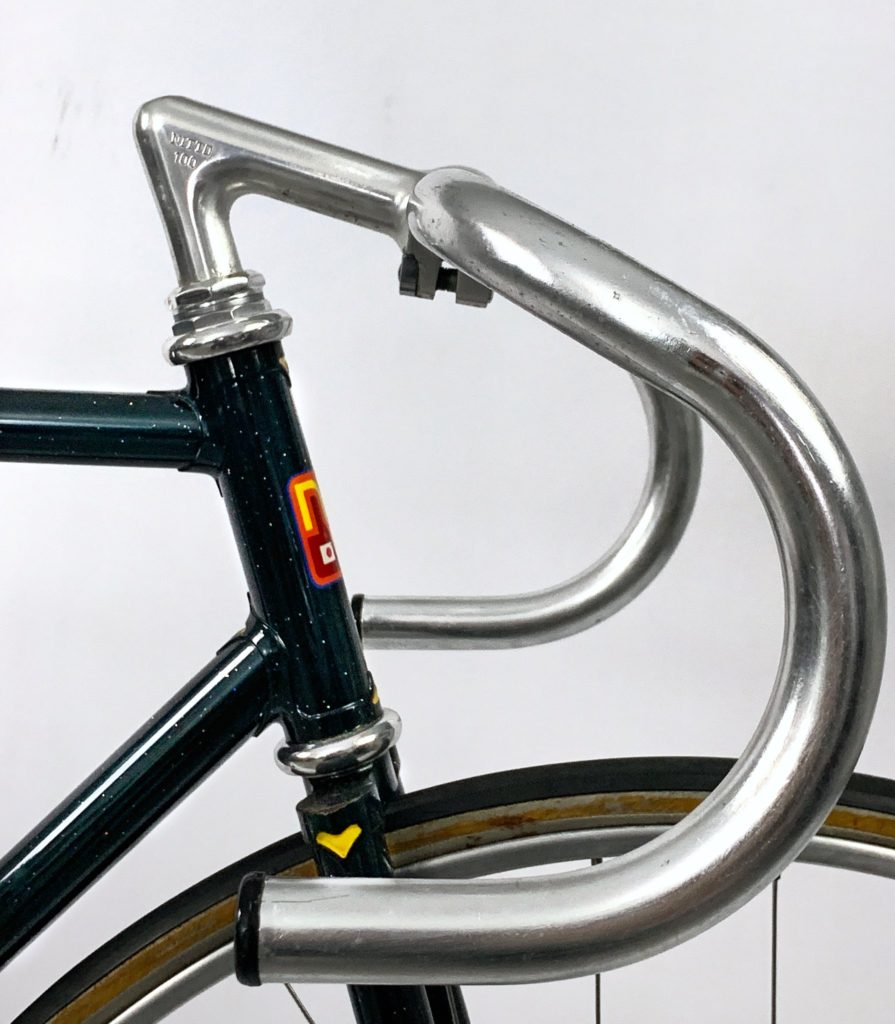
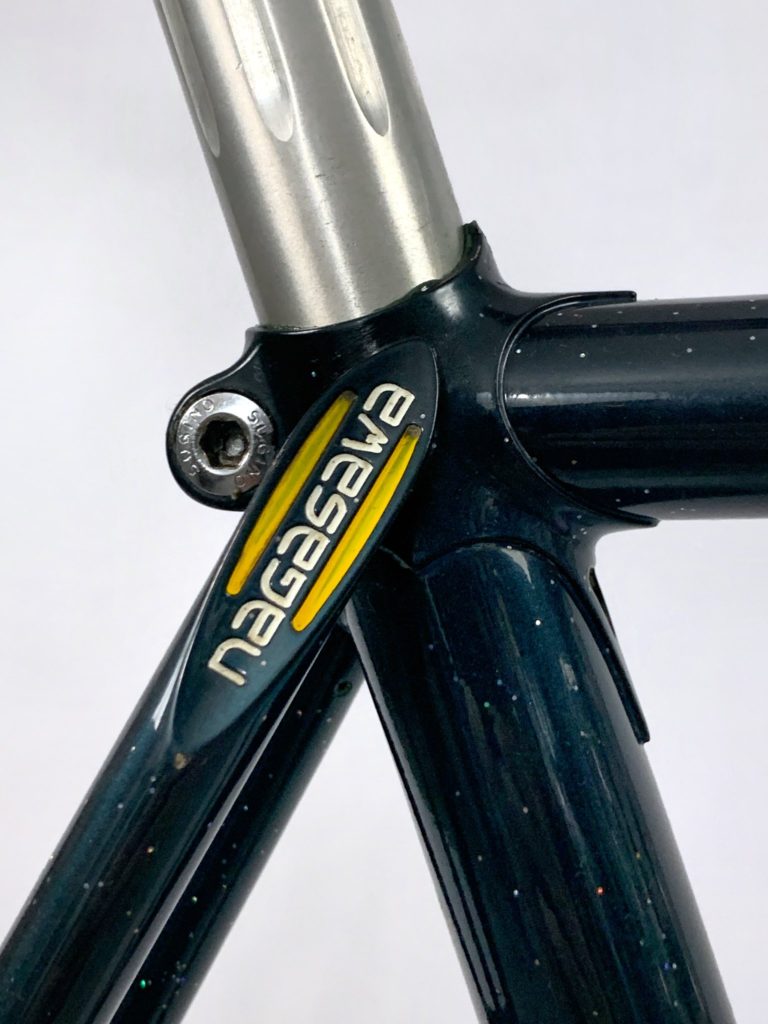
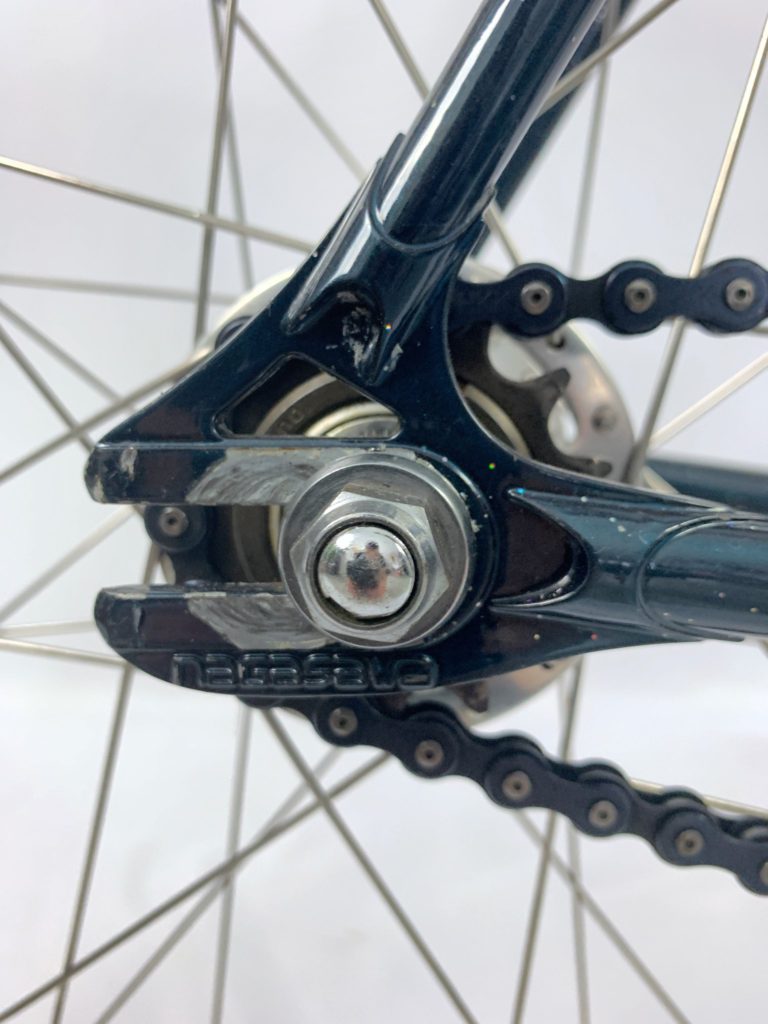
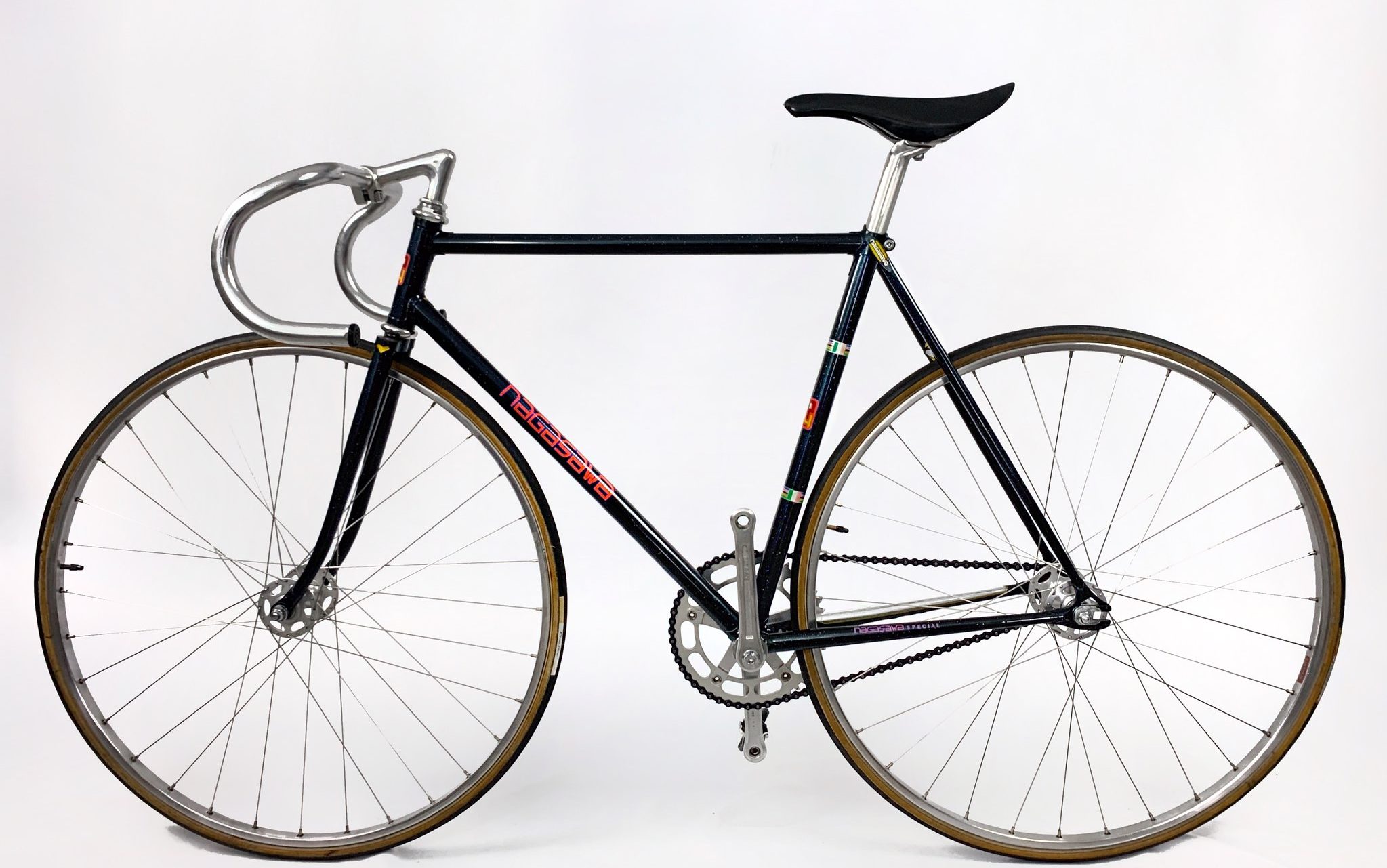
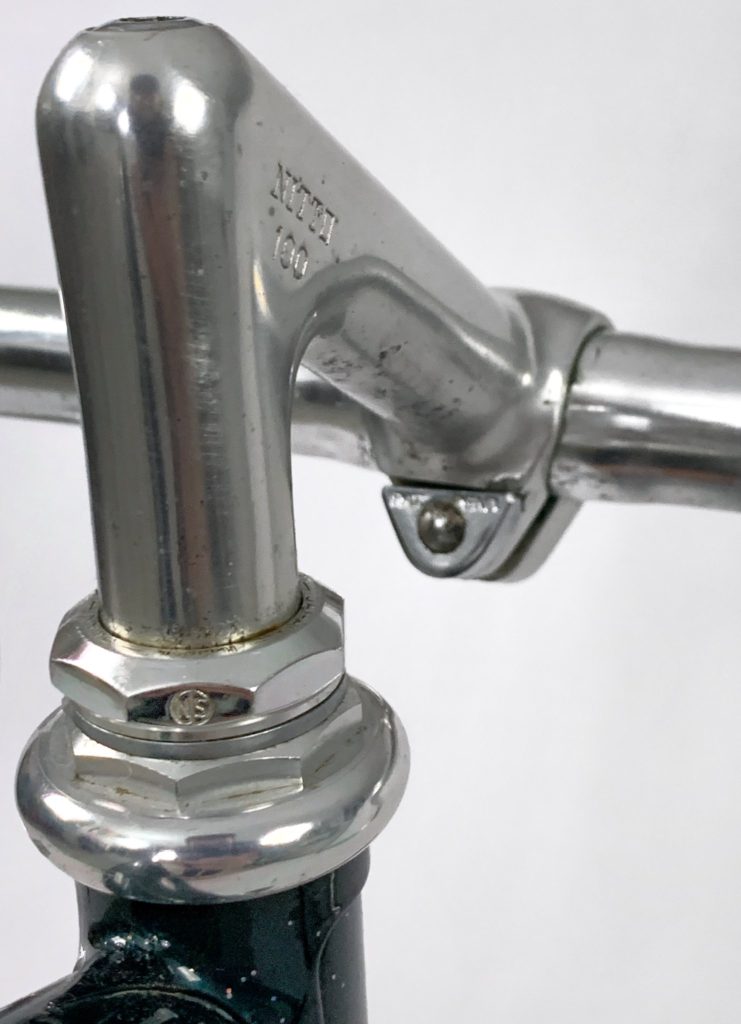
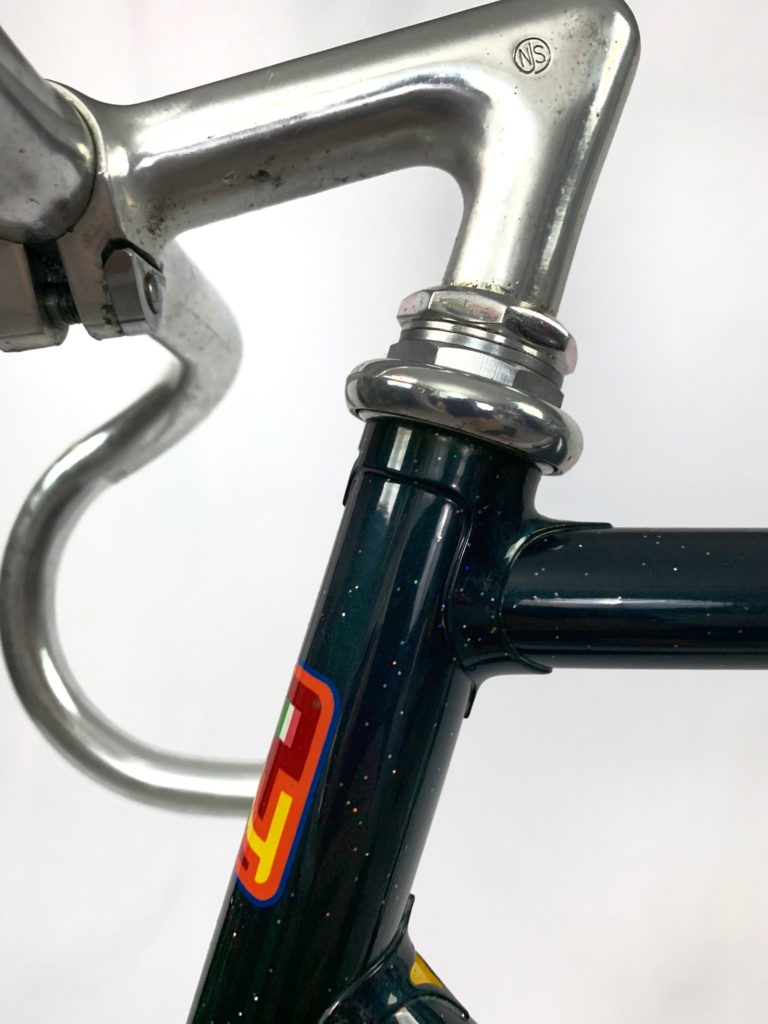

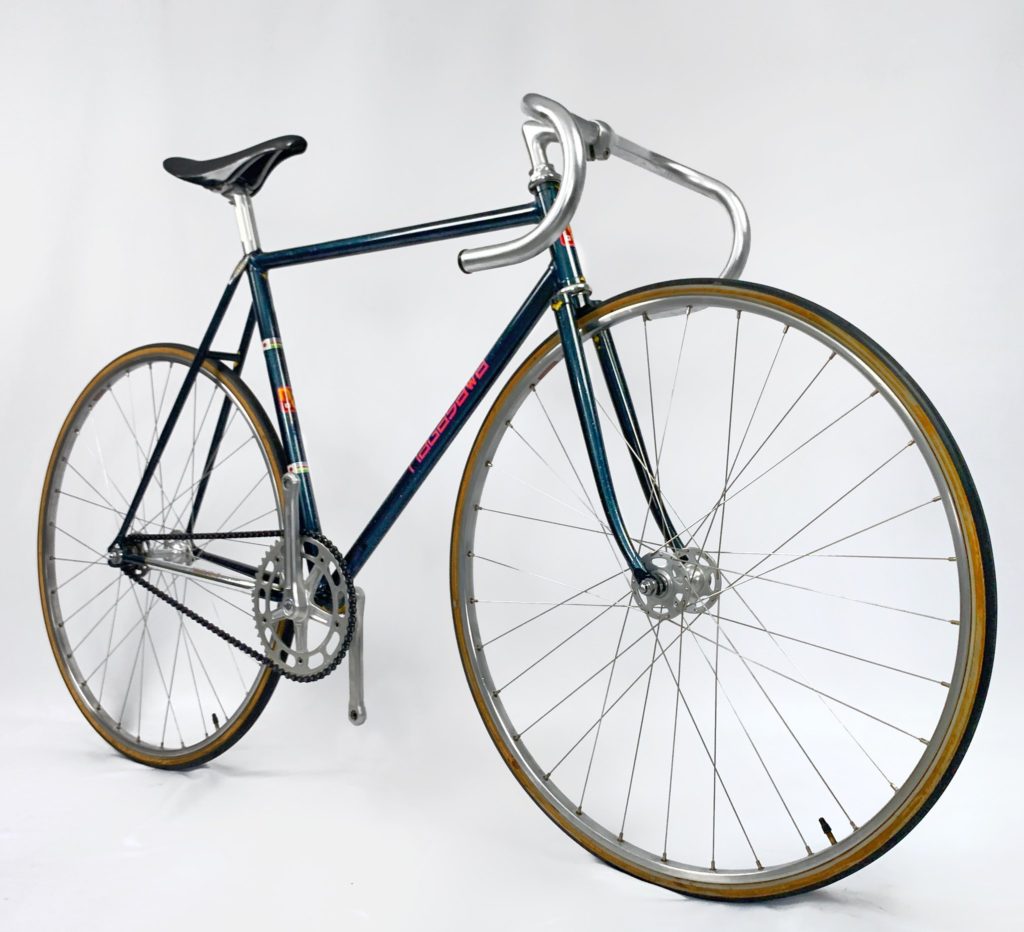
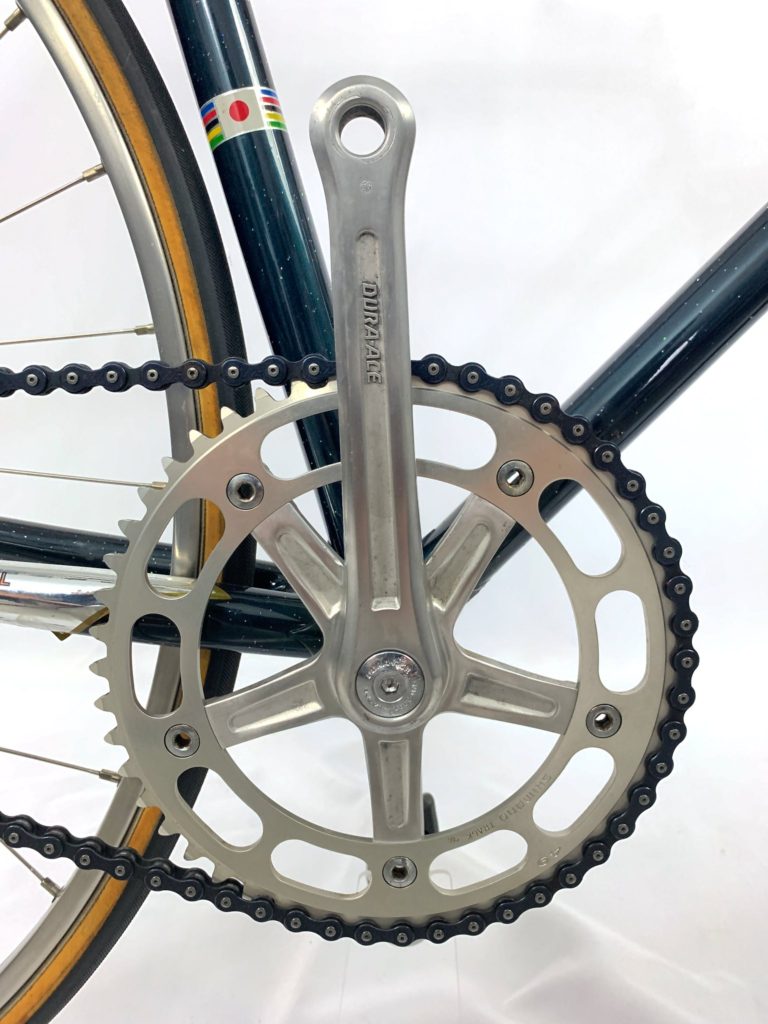
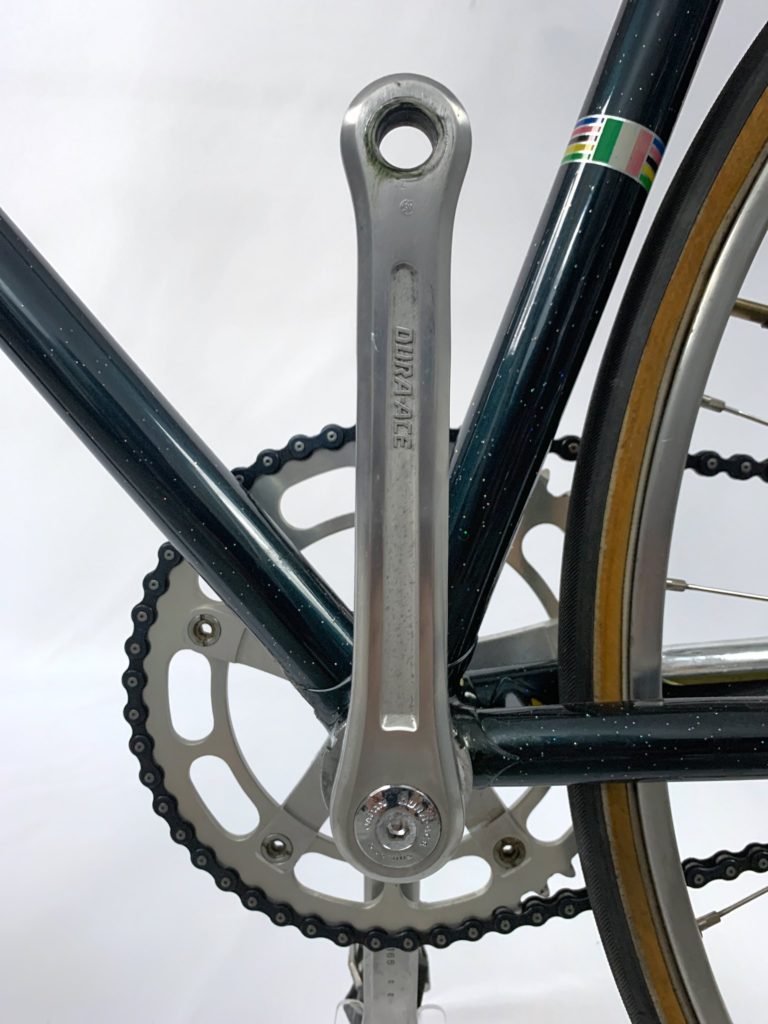
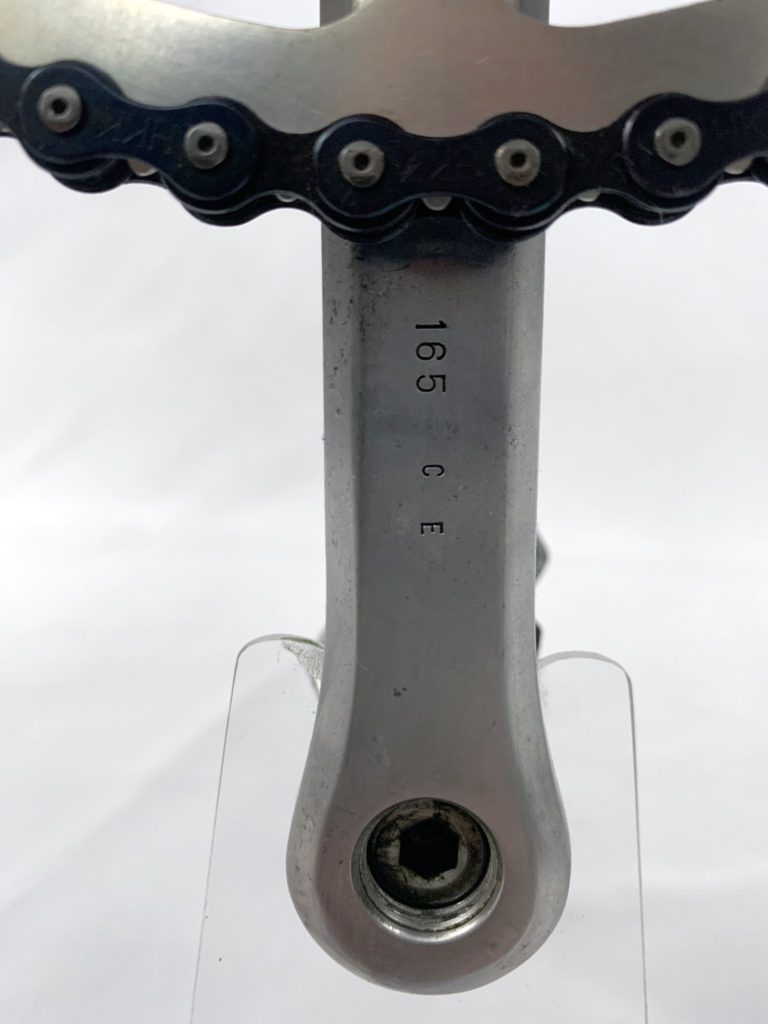
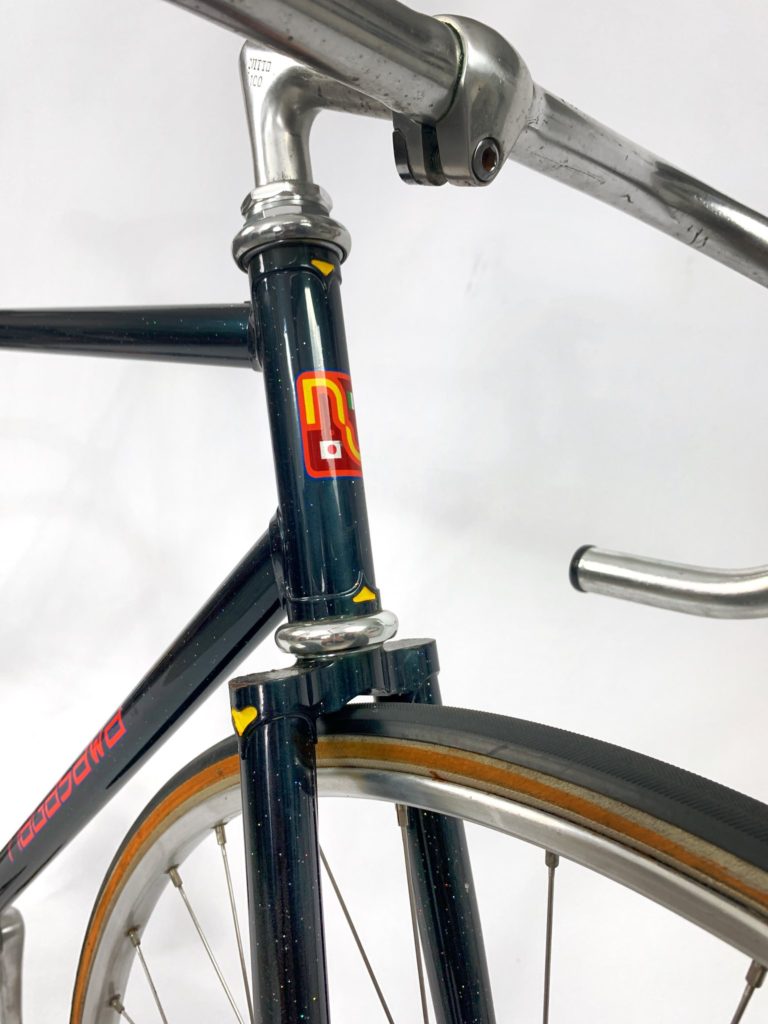
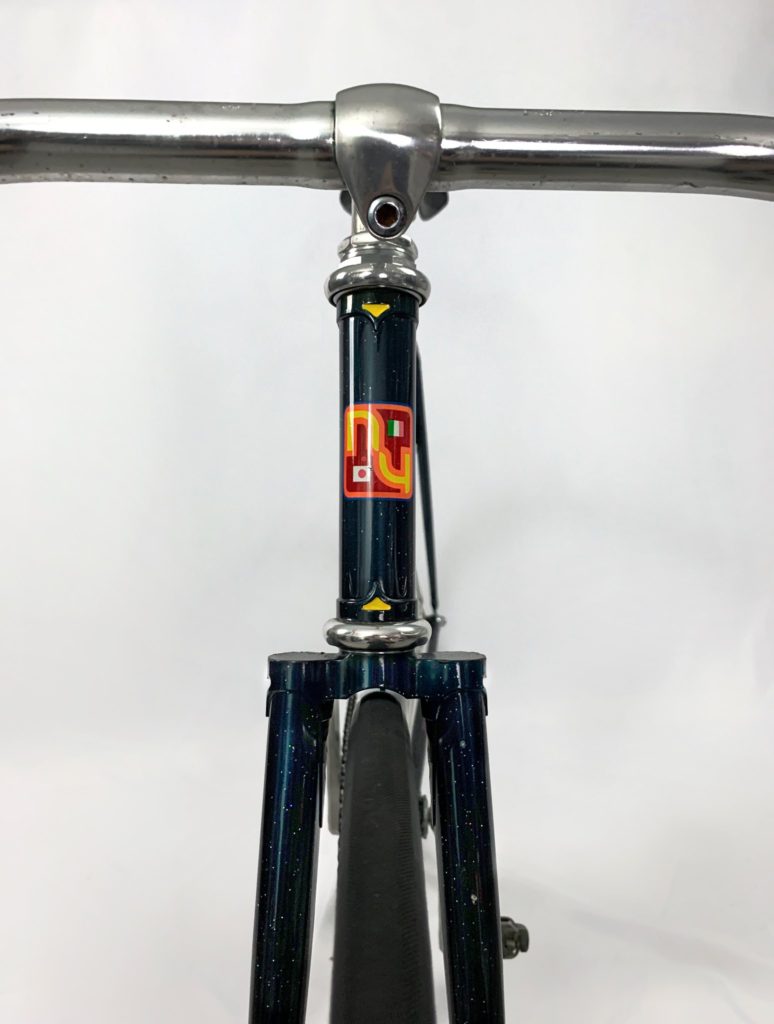

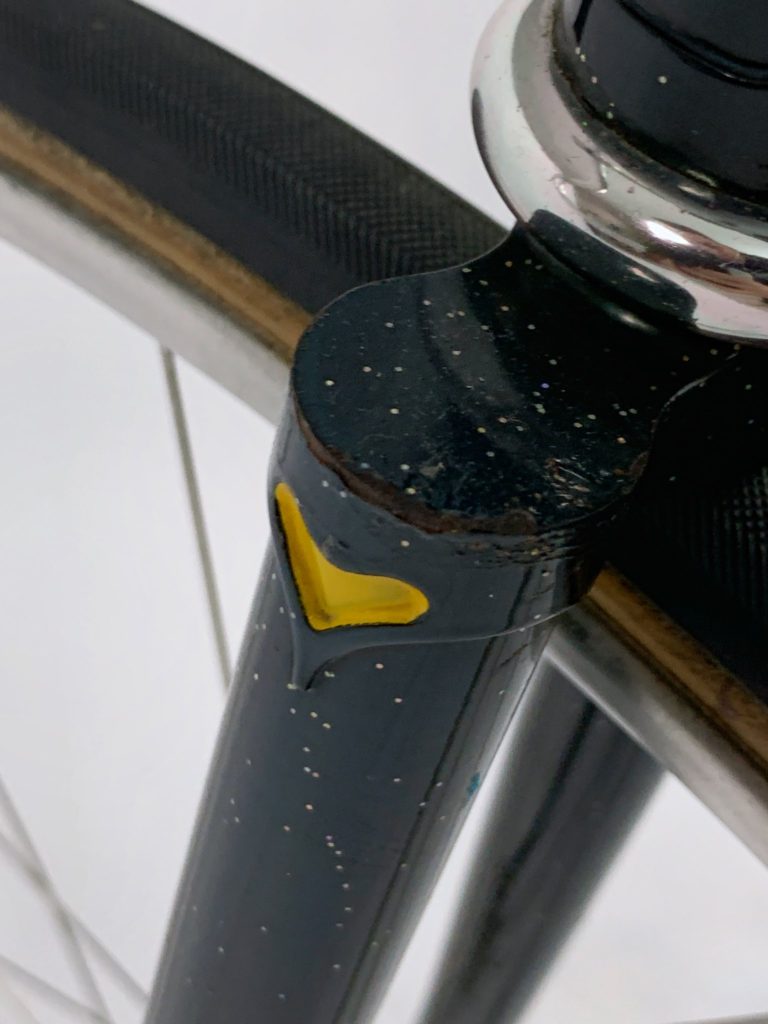
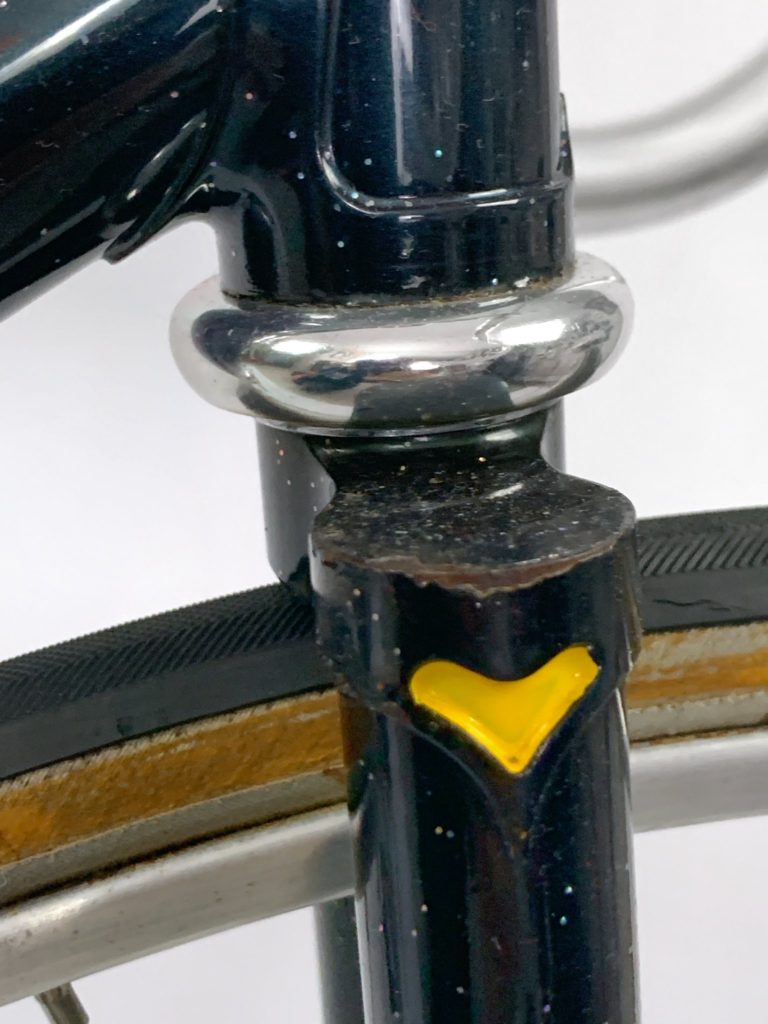
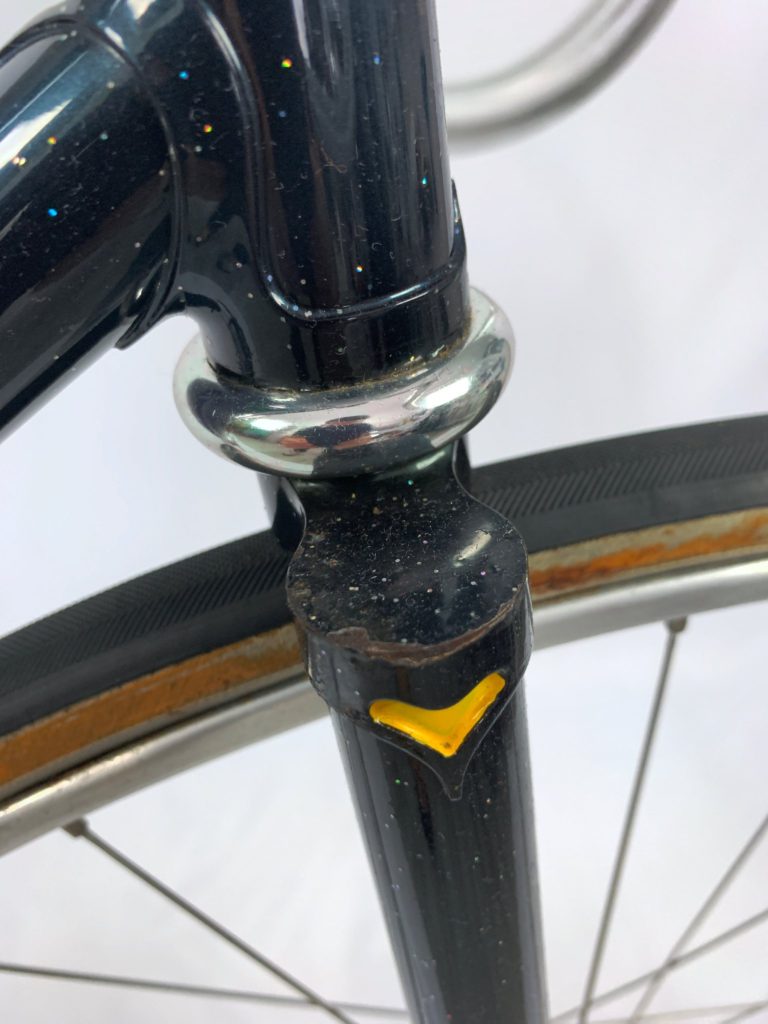
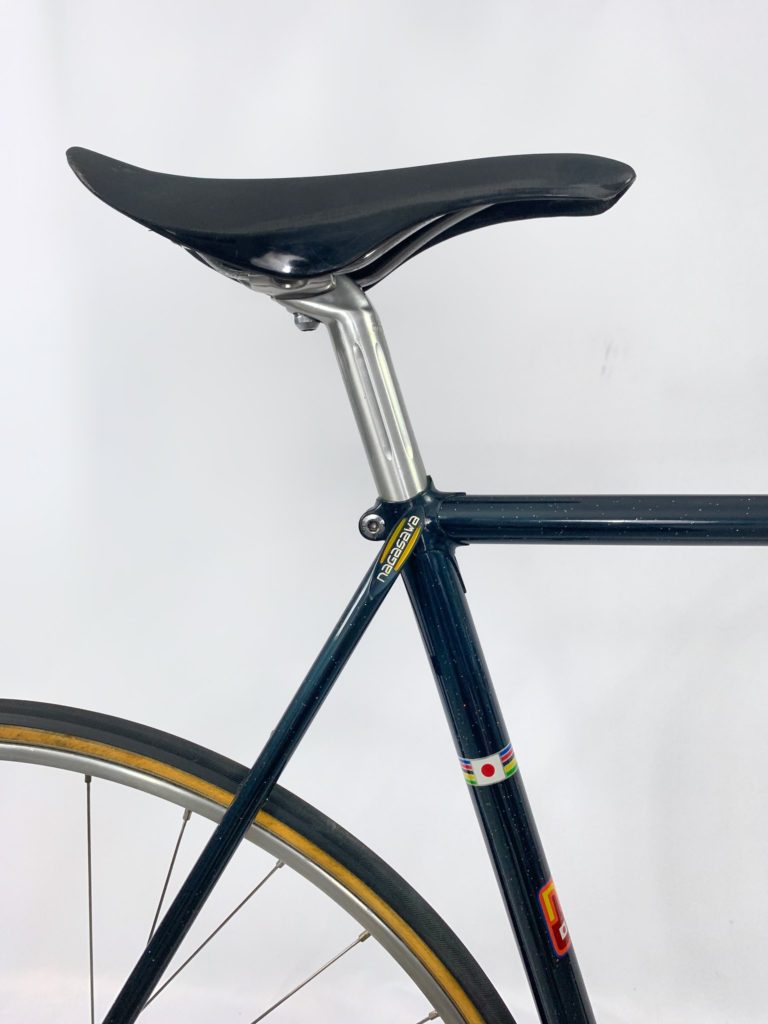
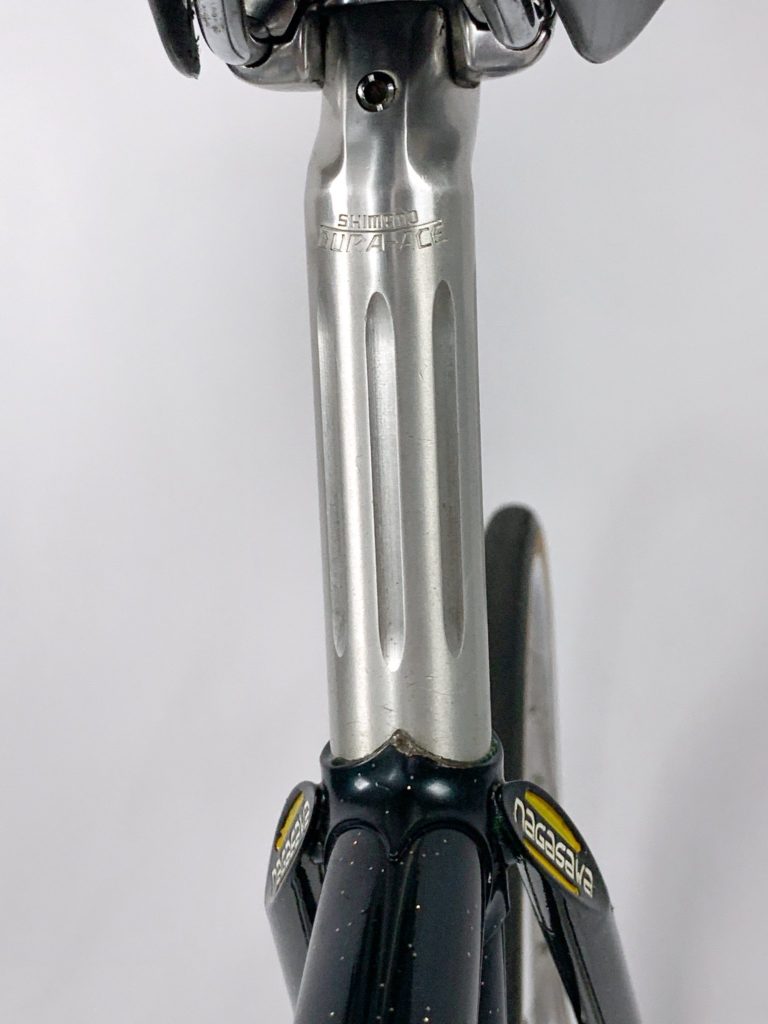
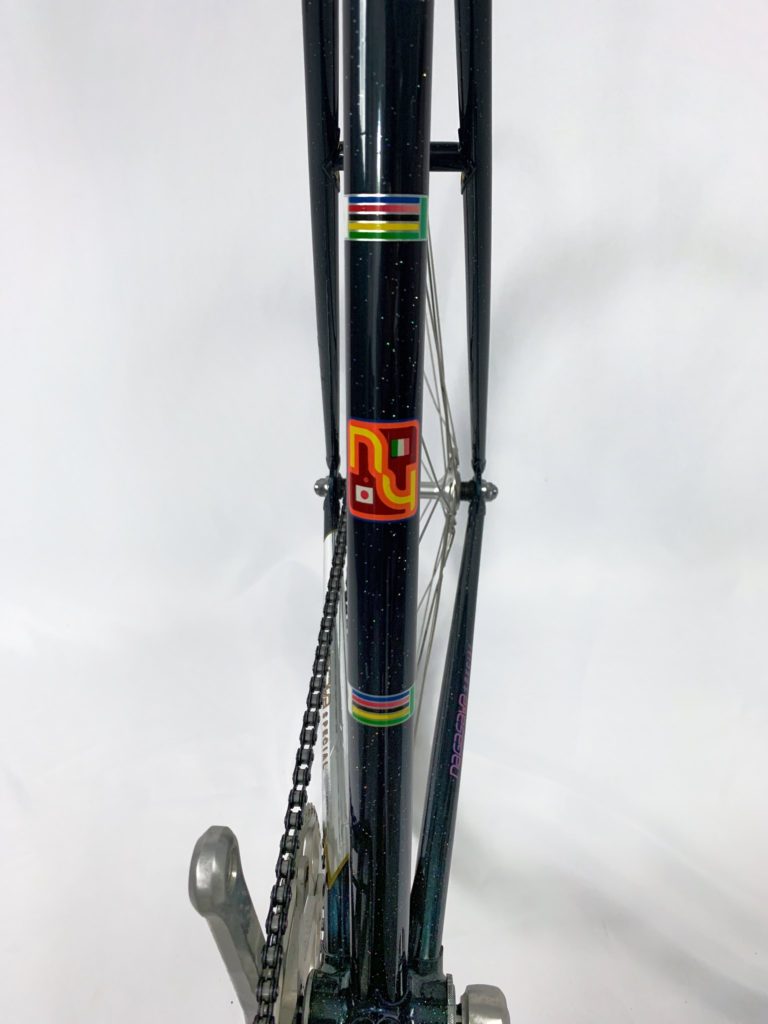

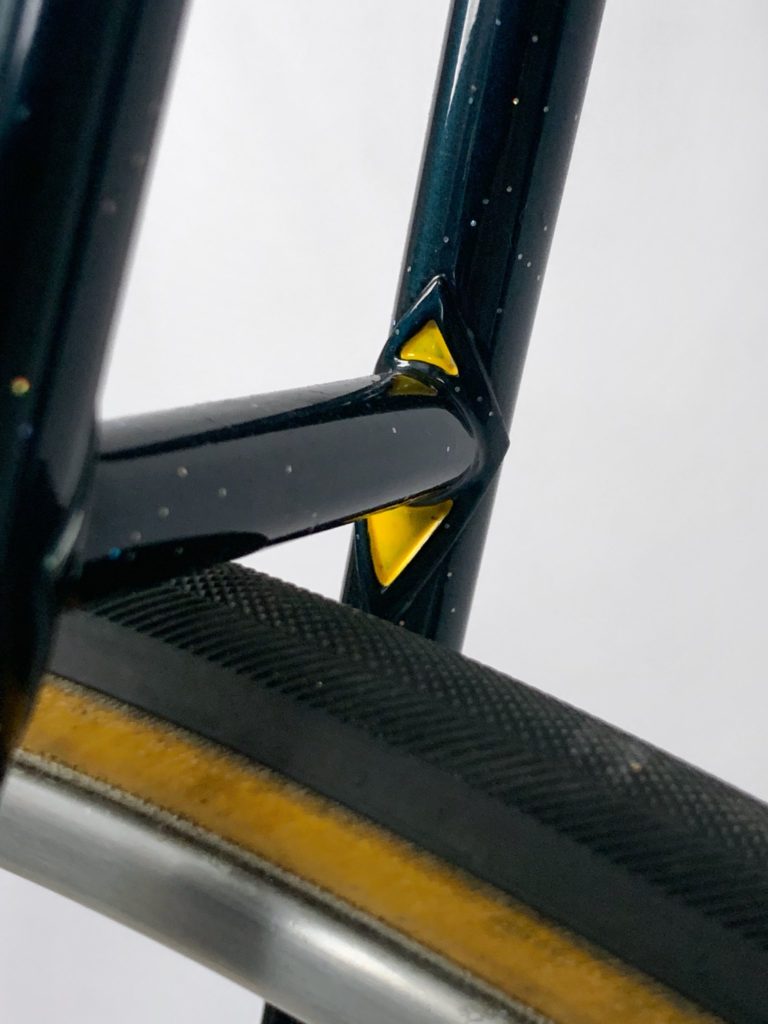
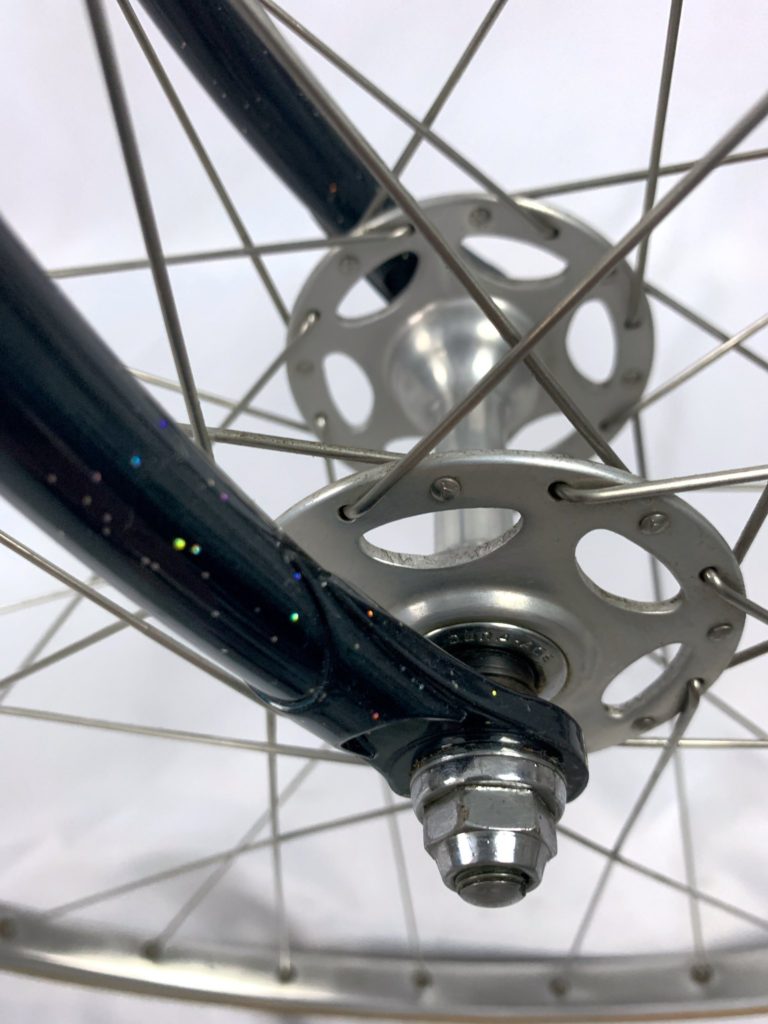
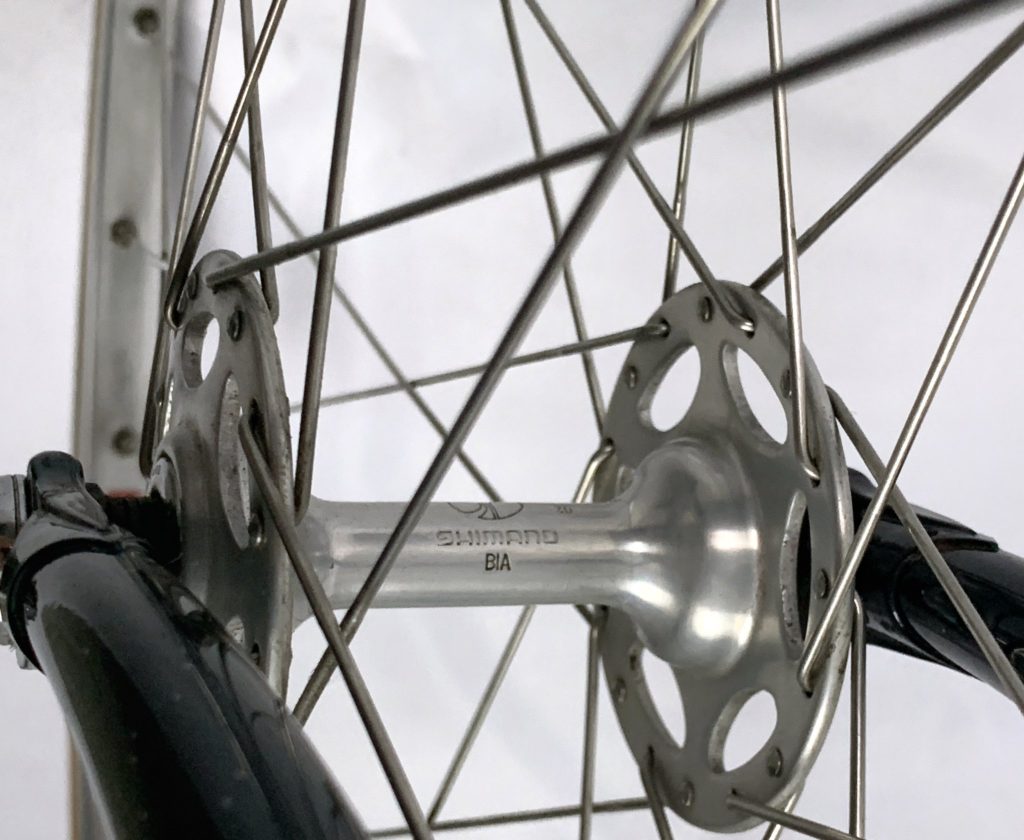

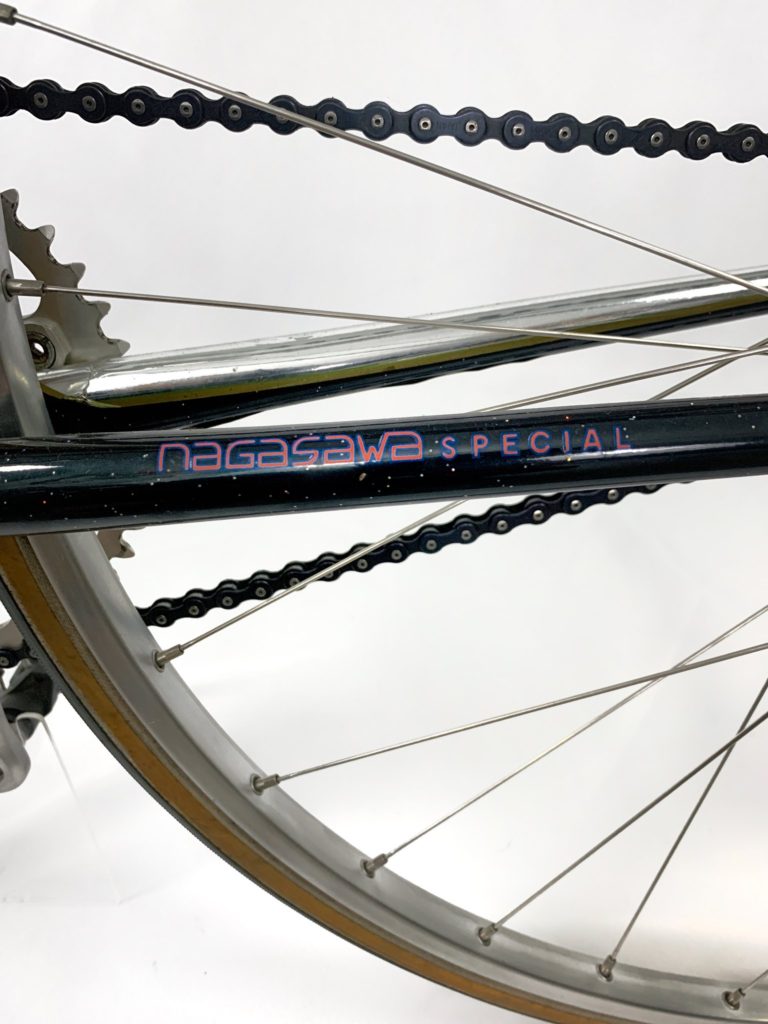


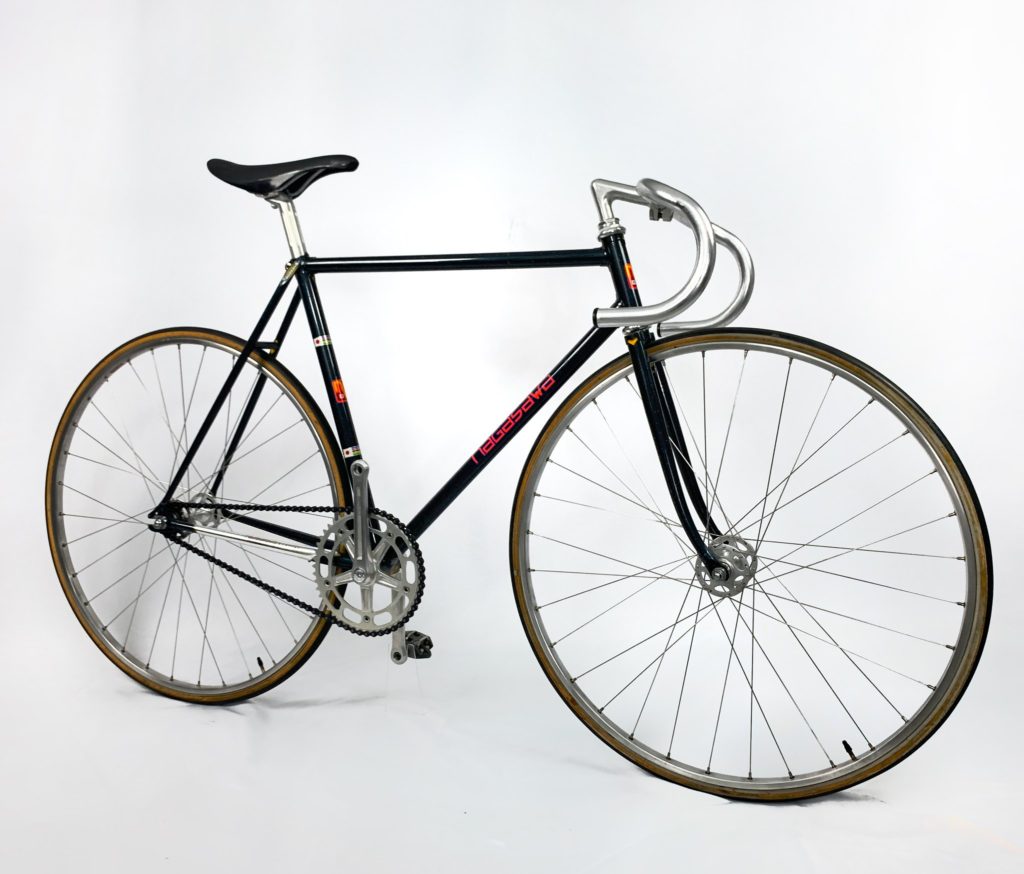
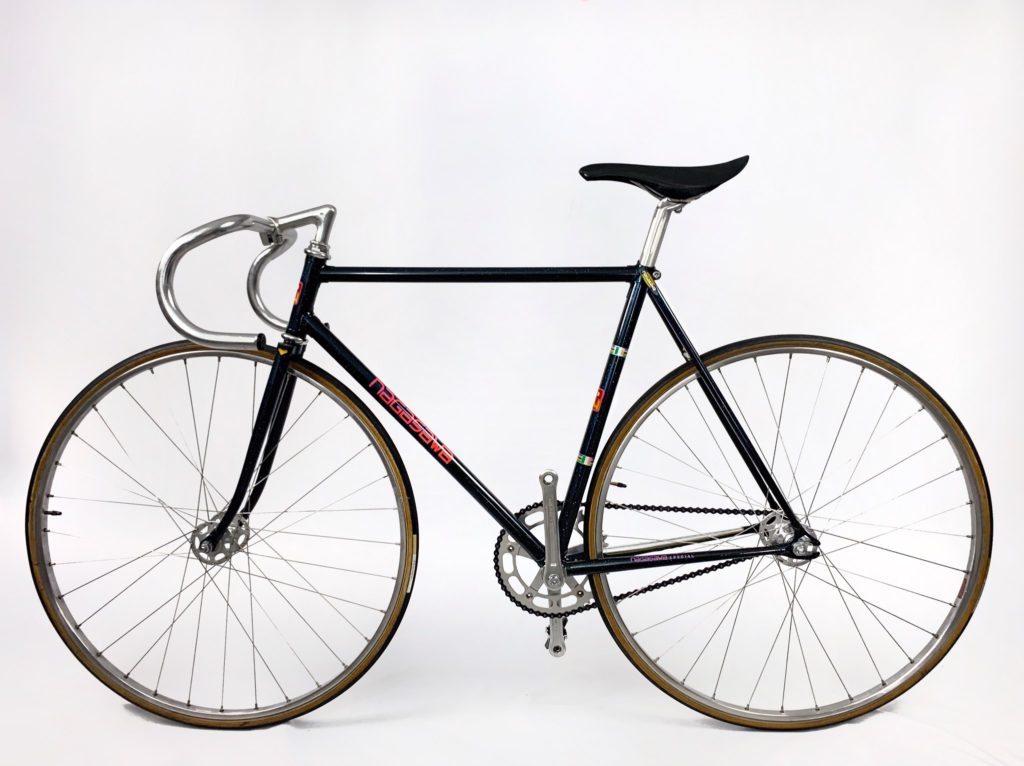
Pingback: Nagasawa Special NJS Track with Suntour Superbe Pro | djcatnap.com
Beautiful build! May I ask what the tyre clearance is front and rear? Thanks.
I was able to clear 700x28c Vittoria tires on my yellow Nagasawa track frame, but it was very tight!